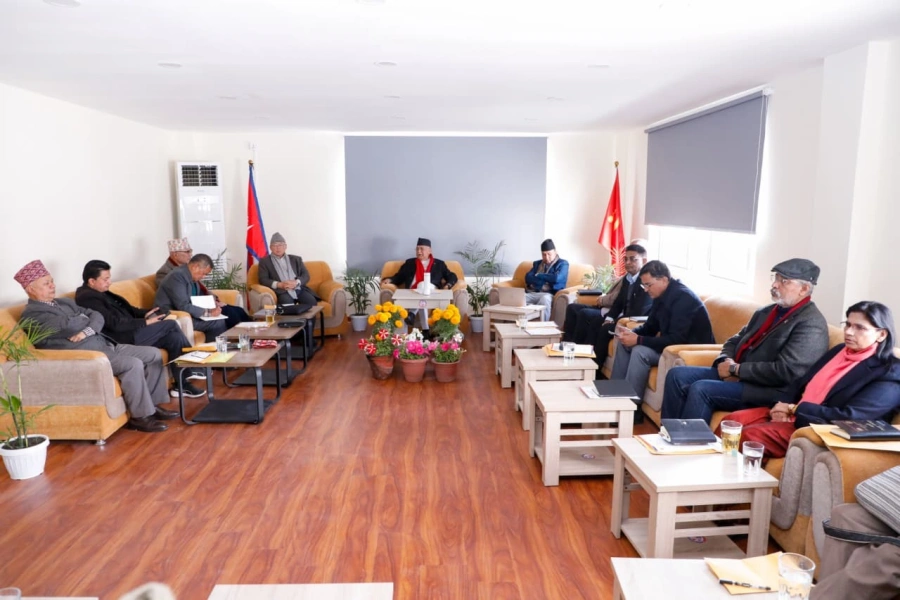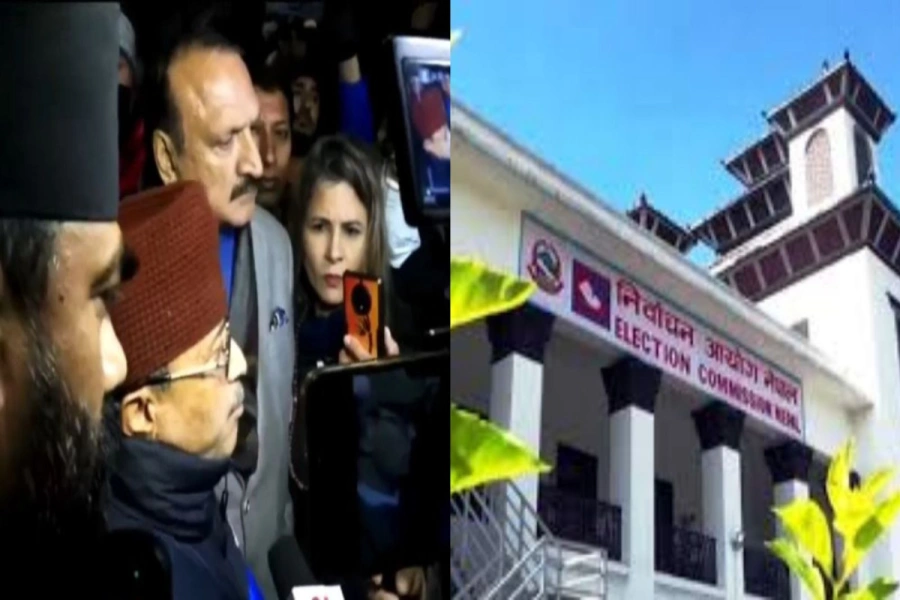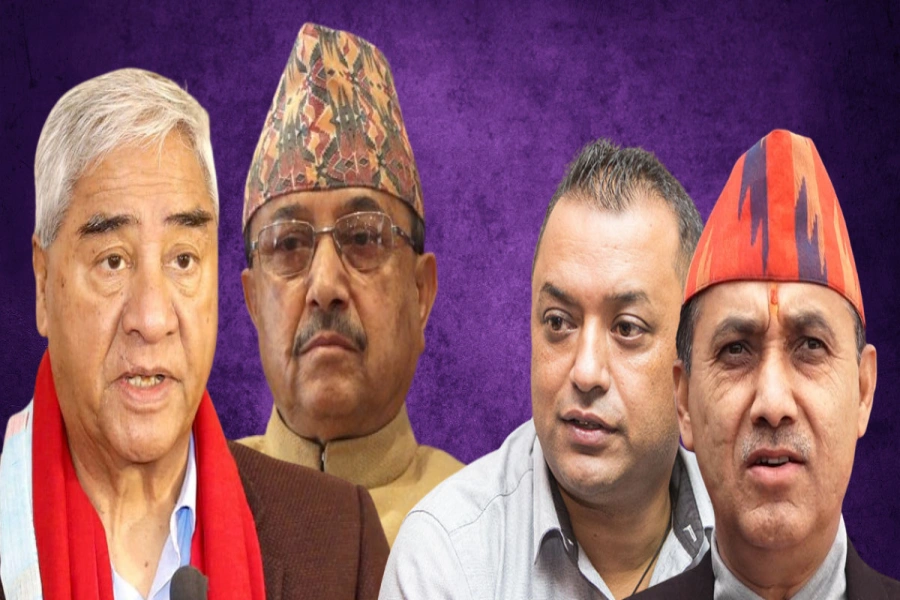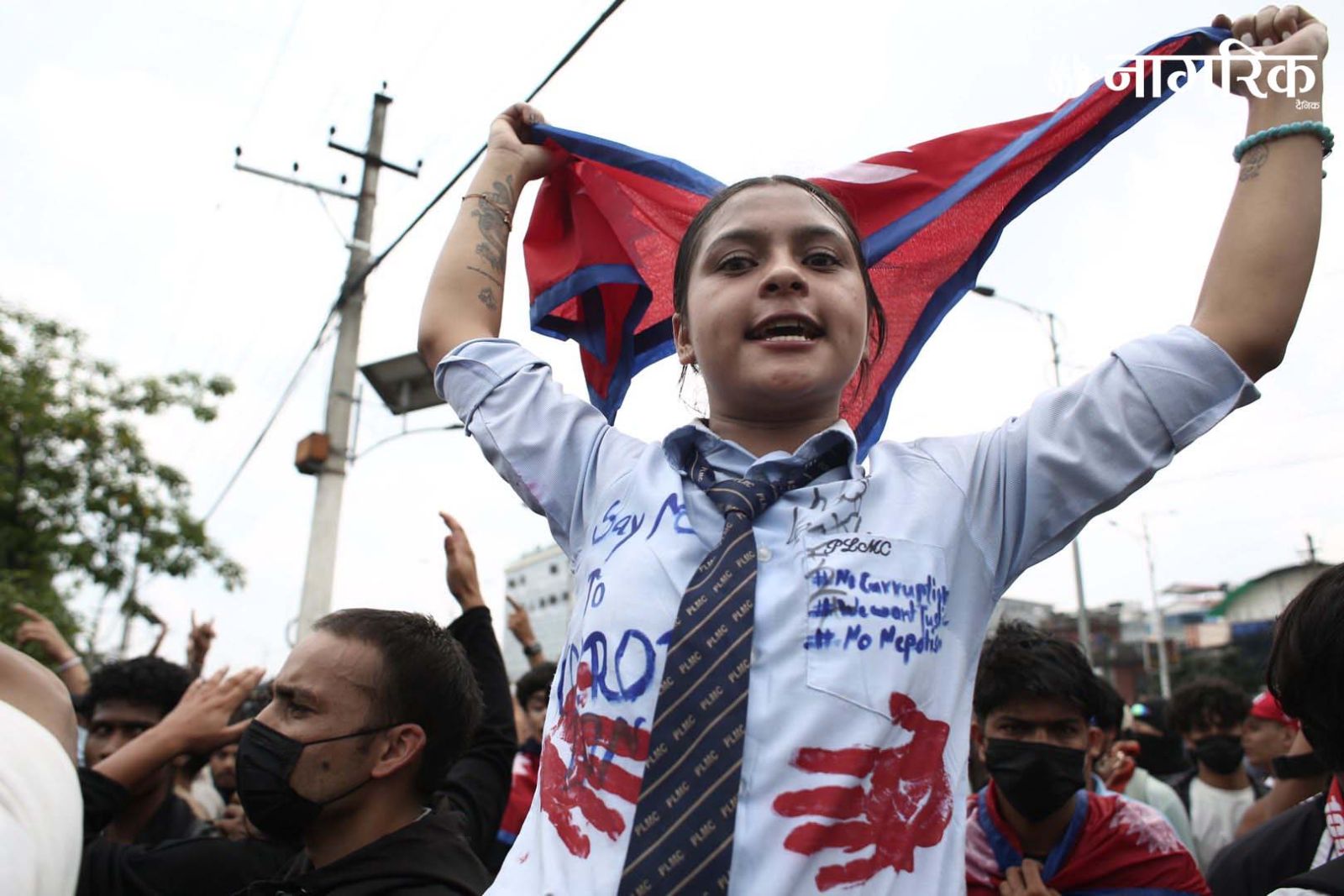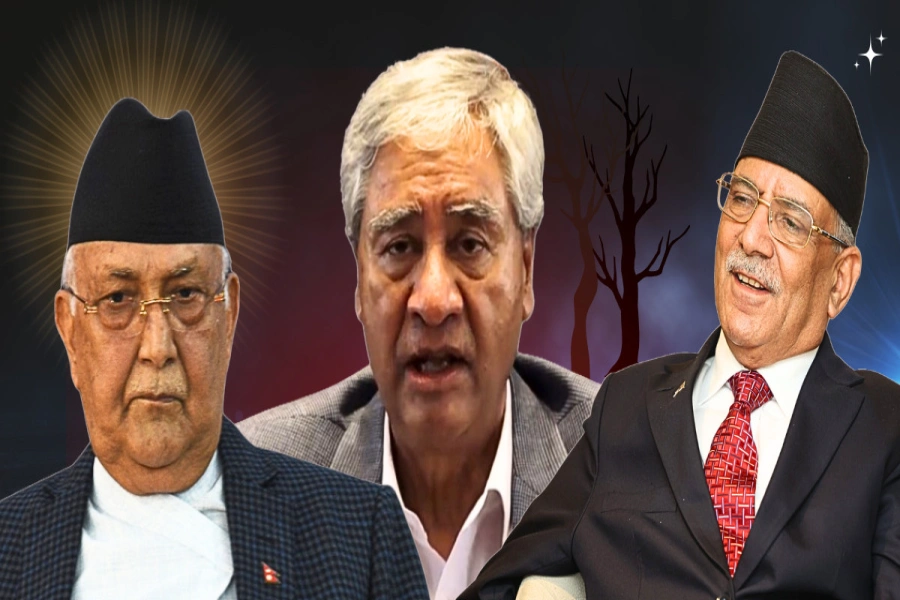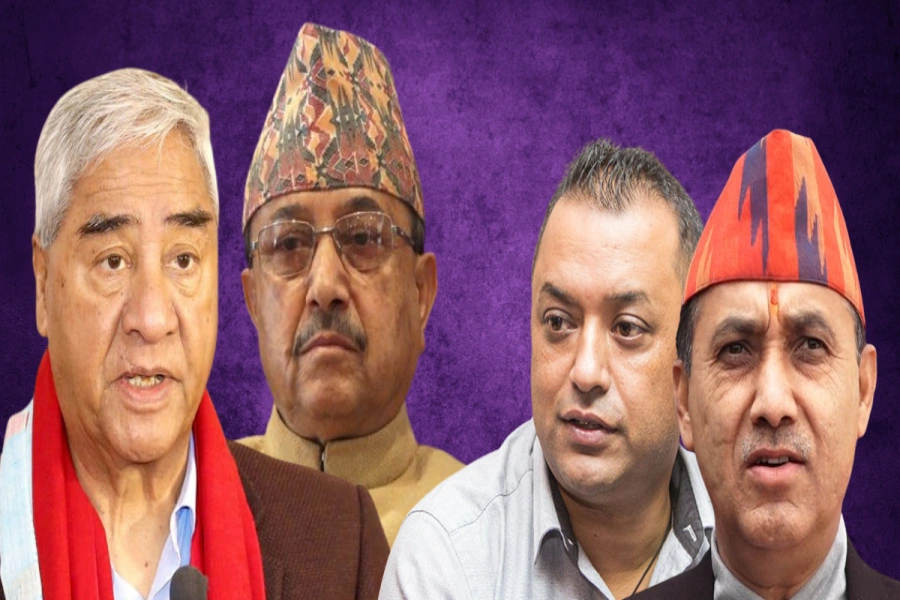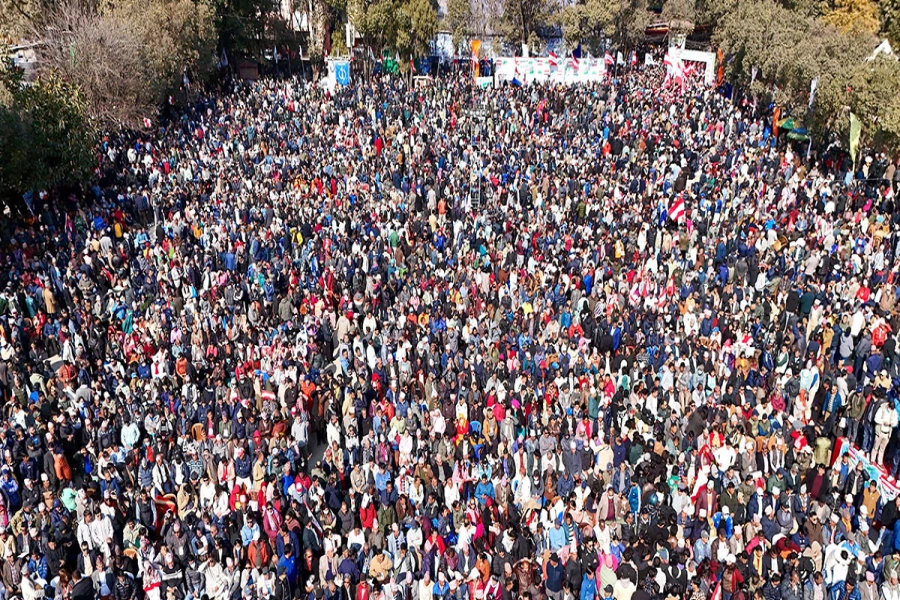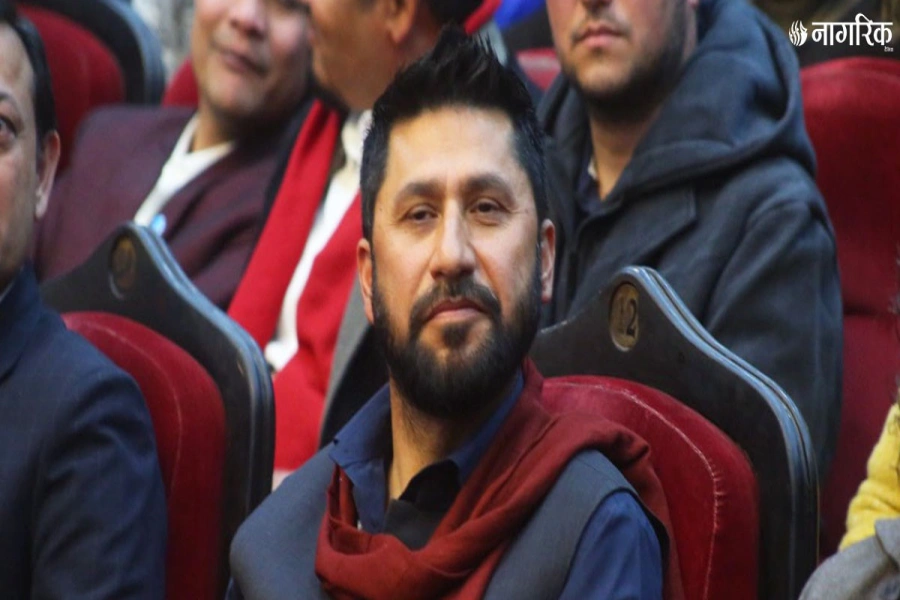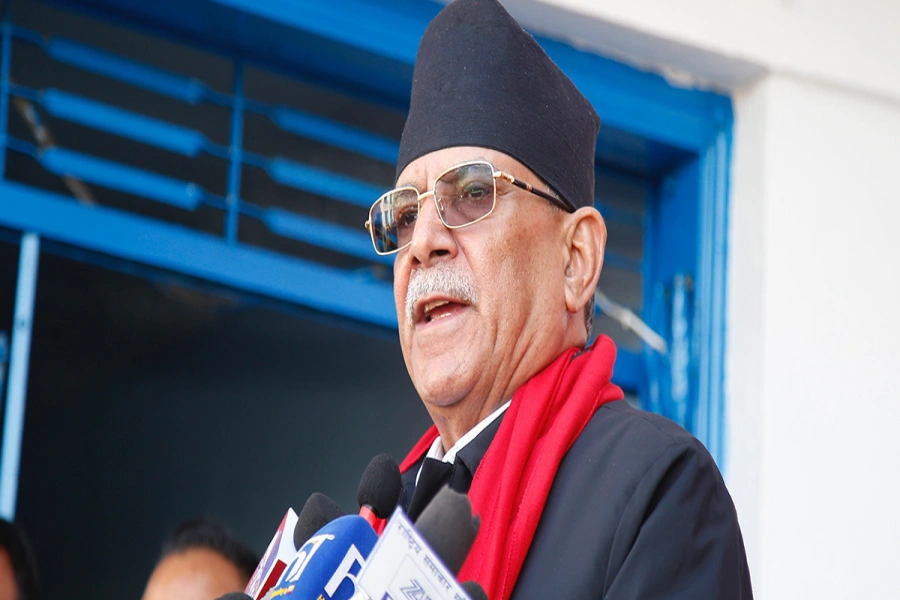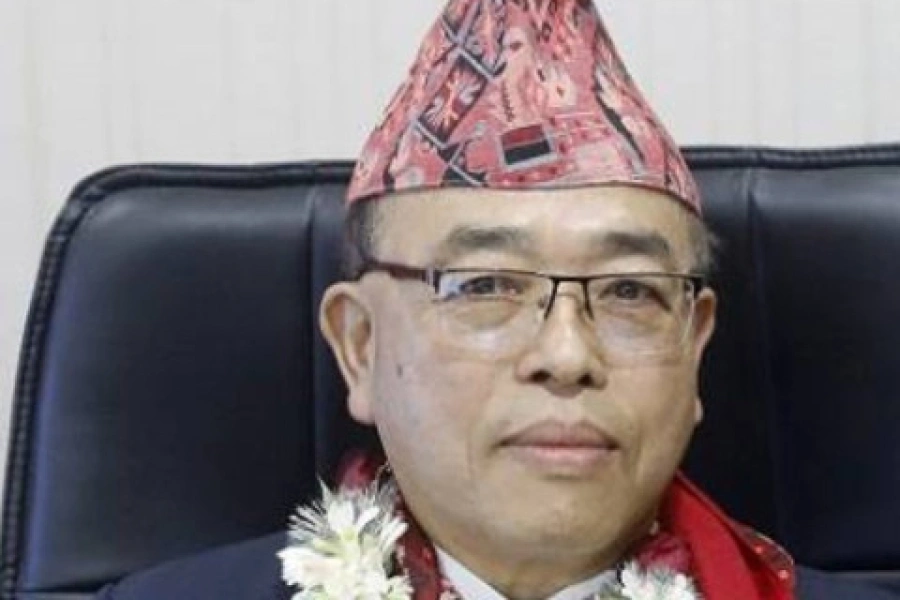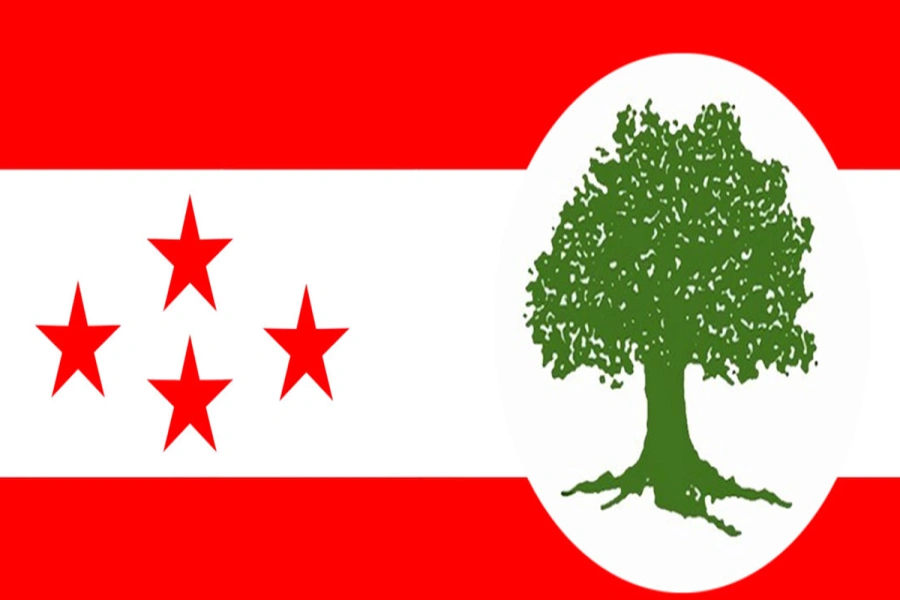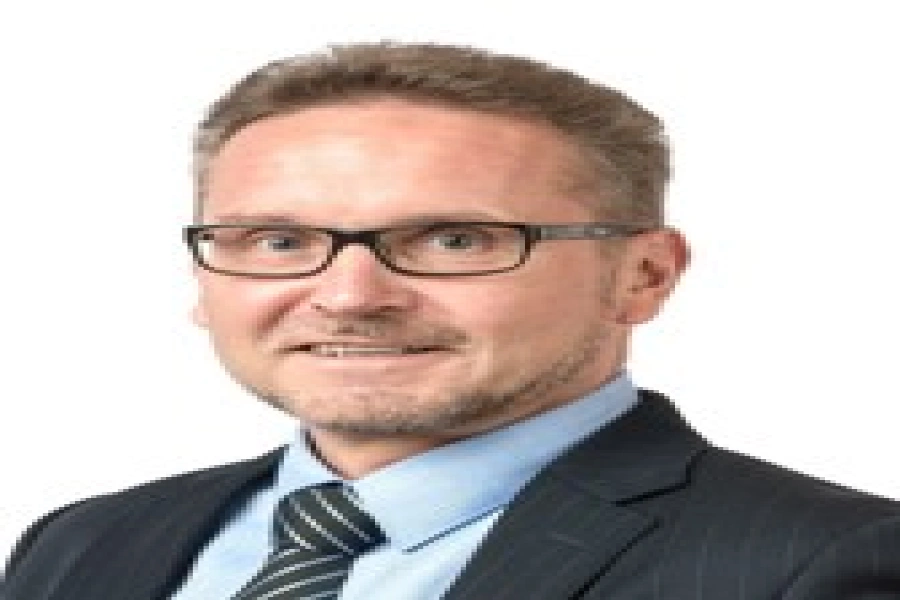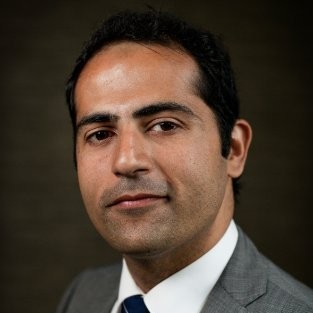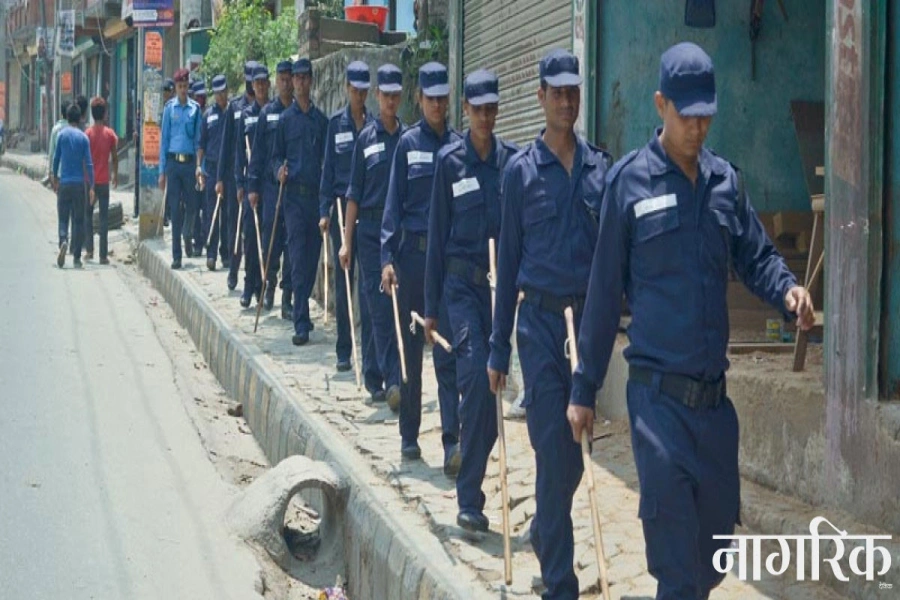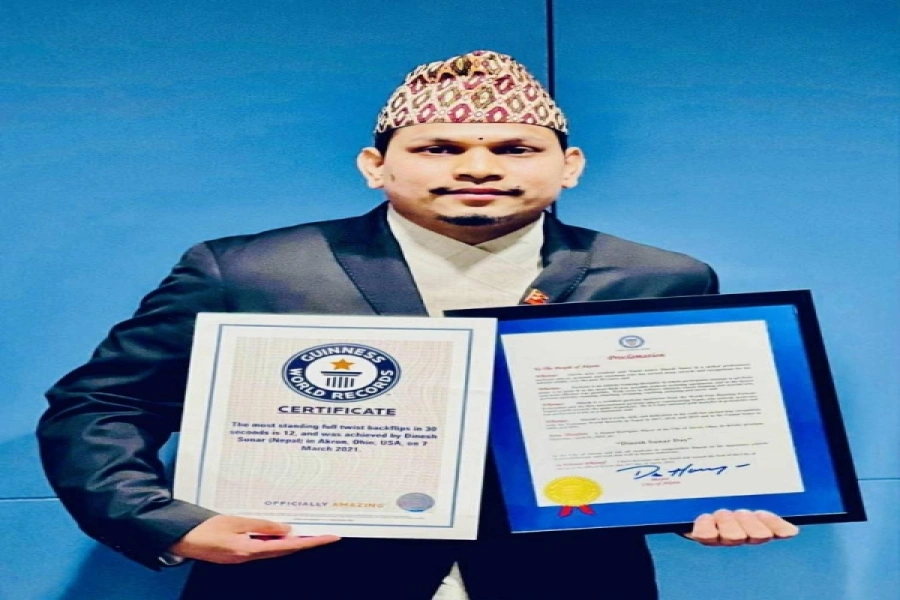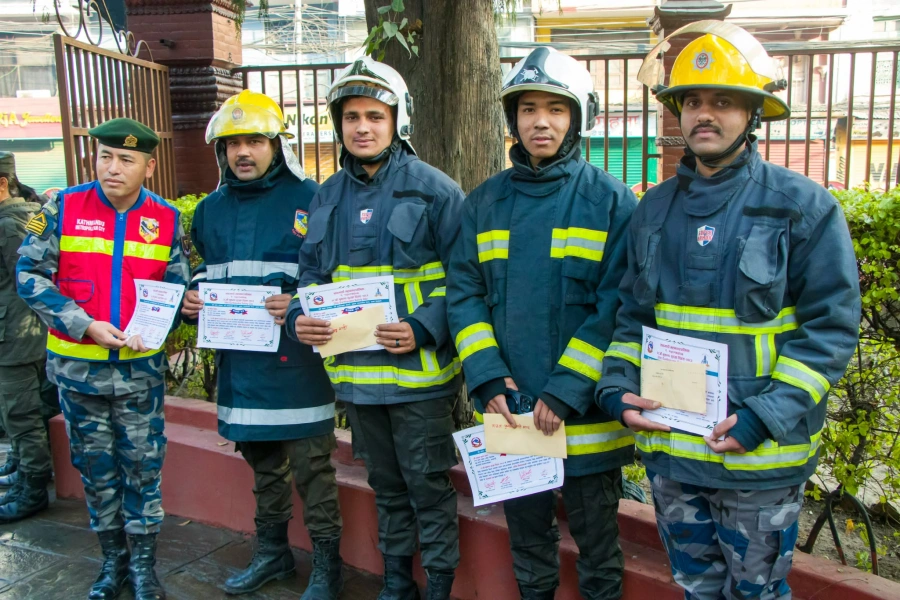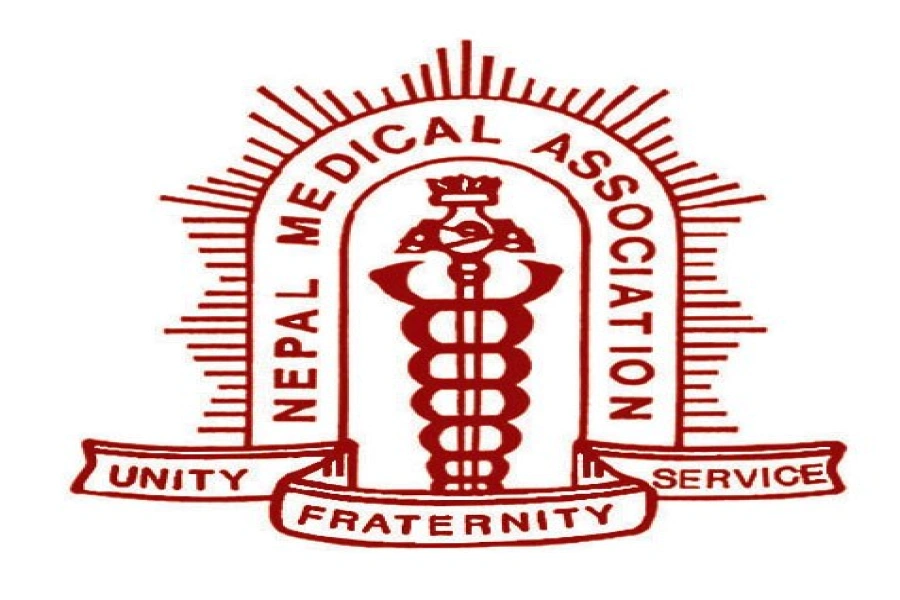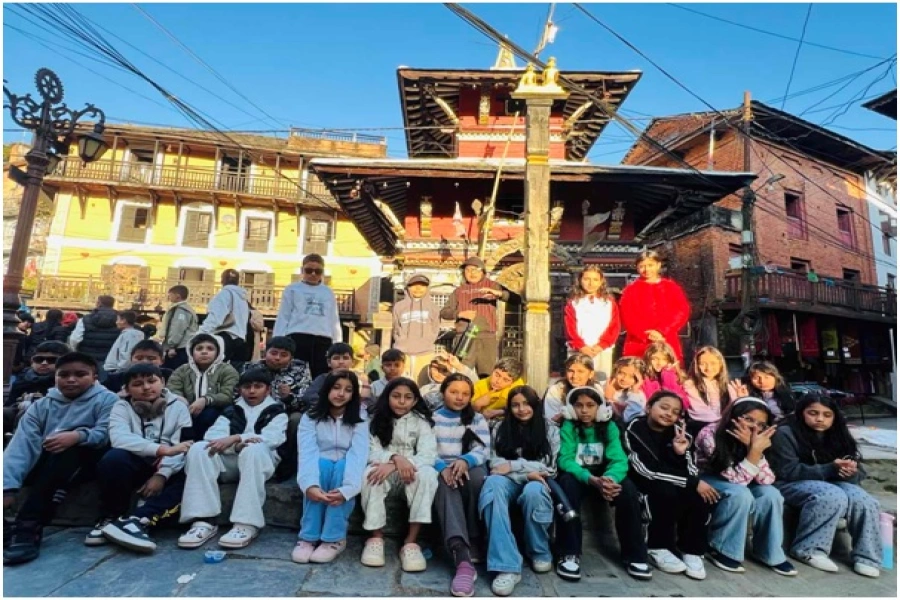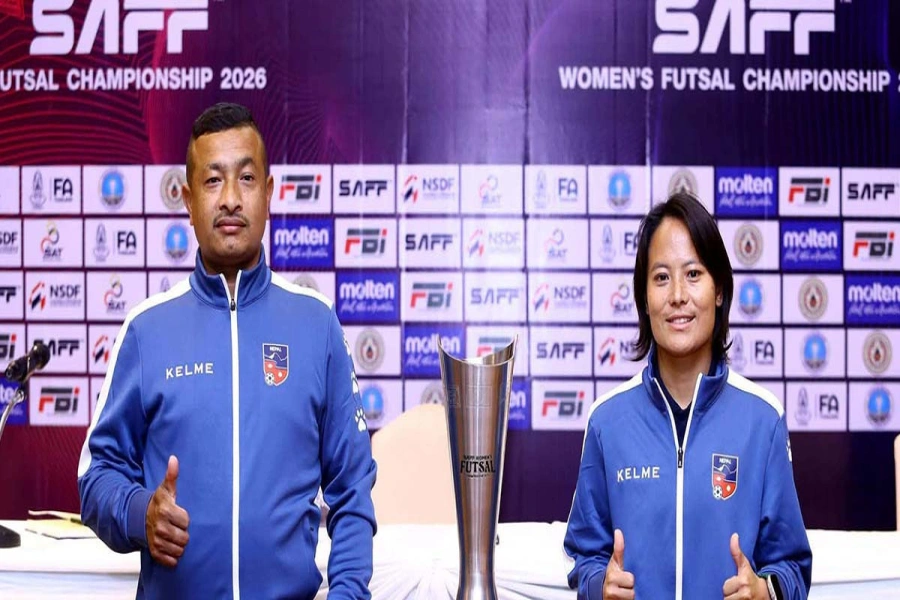If we do not heed the warning and take part in our civic responsibility, Kathmandu could be another epicenter for pandemic soon. It is part of our civic obligation to listen to the experts and act responsibly.
Over the last three months, humanity has witnessed something unprecedented which is changing the way we live and look at things. Starting from China, then Europe and the Middle East and now all over, including North America, we are trying to cope with this highly contagious Novel Corona Virus. Within a short period of time, it has transformed into a pandemic, infecting more than a million people around the world with the disease we call COVID-19. Before we could realize the magnitude of the problem we are facing, and prepare our health care systems to deal with it, this disease has made a monumental impact on our daily lives whether we are infected with it or not. Leaders around the world, scientists and healthcare professionals are making efforts to help contain or lessen its toll on human lives.
As a pulmonary and critical care physician in a regional community hospital in the state of Kentucky, which does not have a big movement of people in and out of state, I and my team are preparing for a possible surge of this severe viral illness. Our state has, so far, not seen a huge rise in the number of cases. However, COVID-19 has affected a large population in big cities where people are confined in smaller spaces. Every day, we see an exponential increase in the number of cases and deaths all around the world. Relatively speaking, some cities, states, and countries have fared better than others in containing the disease.
We are trying to learn how to treat the disease, how to support someone with an illness and stick with the appropriate treatment options while rationing the means available to us. Almost all the hospitals are running short in personal protective equipment used to protect the healthcare providers, nurses and hospital staff while taking care of the sick. We are short of masks, gloves, and gowns. There are not enough critical care beds, isolation beds, mechanical ventilators in many health care facilities. To compound the problem, health care workers are getting infected and need to be isolated when trying to take care of the sick. Not a lot of us saw this coming, and we are having to work with very limited knowledge about how the virus behaves and propagates in the human body and the environment with utmost urgency. There have been places and hospitals where physicians have to make decisions on who gets ventilator and who gets the critical care bed. It was initially reported as a more severe form of disease in patients with comorbidities, with immunosuppression or the elderly. However, we have seen younger patients on a ventilator and dying of it now. As the disease ravages our society at enormous pace, really there is a lot unknown than known.
Risks for Nepal
As we fight the pandemic, I think of Nepal and big cities like Kathmandu where there is a big population living in a concentrated area. Kathmandu has population density double the number of New York City. Since early March, New York City saw a sharp rise in cases from few to 50,000 in a matter of a few weeks. There are more deaths from COVID-19 within the last two weeks than deaths from homicides for the whole of 2019. New York City is now overwhelmed with sick patients, hallways being used as patient beds; makeshift rooms being used as intensive care units, and refrigerator trucks used as a morgue. Doctors, nurses and respiratory therapists are having to intubate patients every hour or so. We are talking about the need of rationing the ventilator and starting to look at allocating the ventilator to the one who has more likelihood of making it out if this illness. In Europe, Spain, Italy, and France have seen a lot of deaths, and the whole countries have been in lockdown. Likewise, Equador has the whole city with corpses in the streets in every corner as the government is ill-equipped to handle the growing number of cases and deaths.
Interaction must for enhancing distance and classroom learning

These days, we all talk about flattening the curve. History has shown us that, if we do certain things right, we could flatten the curve. In the 1918 flu pandemic, those cities that maintained social distancing, cough and sneeze etiquette, and avoided crowds were able to prevent the big surge of the disease and death. It would help cities cope with treating the sick ones and those that need acute care.
Currently, there is not much of a treatment option apart from supportive care. The best way to handle the pandemic is to prevent the spread as much as possible. To prevent COVID-19 from spreading, the time to act is already late. I hope we don’t lose any more time in taking the steps that we need to now.
If we do not heed the warning and take part in our civic responsibility, Kathmandu could be another epicenter for pandemic soon. It is part of our civic obligation to listen to the experts and act responsibly. Each one of us has a role to play. It cannot be done if we do not act on it together. The suggestions made to change one’s daily habits—from hand washing to cough and sneeze etiquette, avoiding spitting in public, social distancing and using masks—may sound trivial but they only have the ability to change the trajectory.
In Nepal, cough, sneeze and spit etiquette is as important as anything else. We see people spitting everywhere, coughing and sneezing without regard to someone around who could easily get the virus from droplets they produce. Taking care of ourselves and being responsible will help the people around us and our community. Staying at your home, avoiding nonessential visits to the tea shops, grocery or anywhere outside public space will help you remain safe within your bubble. It is important to avoid crowds and gatherings, including home visits to your relatives, recreational areas or crowded shopping.
Together against it
We, as health care workers, are trying to fight this in the front line, but we need help from all the citizens. Wisdom is infectious, and it could help us do the right thing. If we are not cautious and careful about it, all of us including our family, friends, and community will be in danger. Our hospital is trying to have all employees using face mask during the work shift, checking temperature when entering the hospital, maintaining social distancing at work, trying to cohort suspected patients in critical care unit or specific ward with low foot traffic. We also have a surge planning for when a large number of patients flood the hospital with acute and critical illness. Obviously, implementing these plans may not be feasible given the scattered nature of the hospitals, and the scarcity of critical care beds and ventilators in Nepal. From what we could gather, Kathmandu has less than 300 mechanical ventilators for more than 1.3 million inhabiting the valley. So when disaster hits the capital, we are sorely ill-equipped to handle the wrath of this disease. Yet, health care providers are unified in looking at options available to them and efficient ways to do things in resource-limited conditions. Through our correspondence with Nepali physicians and allied services, we have seen a great desire to work in preventing and preparing in ways that could help deal with the disease.
We have started to see a few positive cases in Nepal. Unless we stick with strict guidelines for social distancing and every measure to avoid droplets, contact and airborne secretions spreading around, we could see the steep rise in cases that could easily overwhelm the healthcare system in place, and most likely it would be catastrophic.
Many patients with COVID-19 may be asymptomatic or minimally symptomatic. For these cases, the usual recommendation is to have social isolation for at least two weeks and supportive care with adequate hydration and proper nutrition. Nepali household consists of a joint family with multiple family members under the same roof. So we will have to find a way to keep the isolation maintained for at least two weeks. Those who are sicker should seek immediate medical help, as this could deteriorate quickly with the needs of aggressive medical management and intensive care.
Government and media also have a big role in disseminating information and spreading the words about the disease. The public should be informed daily regarding the spread and pattern of the disease, prevention mechanisms and plans in place for the surge. Once the horse is out of the shed, it is hard to get a grip and control the disease.
Lesson to learn
In the US, we were slow at implementing social distancing measures, and even now, there is not easy access to testing for the general population. The consequence of it has been flooding the healthcare system with sick patients and the rapid rise of cases and deaths. It’s a big lesson we can learn, and implement easy access to testing and proper testing as well as the steps to follow for the general public. Early and aggressive testing and implementing strict isolation whether be it at home or in hospital and avoiding spread would go a long way in controlling the disease. This is a lesson to be learned from country such as South Korea whose handling has been exemplary. Using face mask to restrict one's droplets and respiratory secretions when we are out and about would be a simple yet effective measure to take. Remember to treat everyone like they have COVID-19 and take precautions accordingly.
We are all in this together. Let’s all do what we can—stay home, wash hands, don’t burst your or other’s bubble, urge friends and family to be responsible and do their part—to fight this together. There will be harder days ahead, we will see the number of cases increase, there will be deaths and miseries, and we have to face this head-on, but we will get out of this. In the pandemic situation, prevention goes a long way in preserving society. The severity of the impact of this pandemic will depend on what we do and not do now. We can learn a lot from what has happened around the world. Which path we choose will determine how our community will fare in the days ahead.
The author is ICU Medical Director, Pulmonary and Critical Care Services at Hardin
Memorial Hospital, Kentucky




